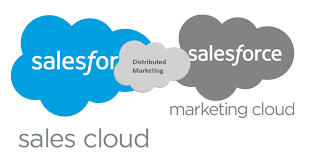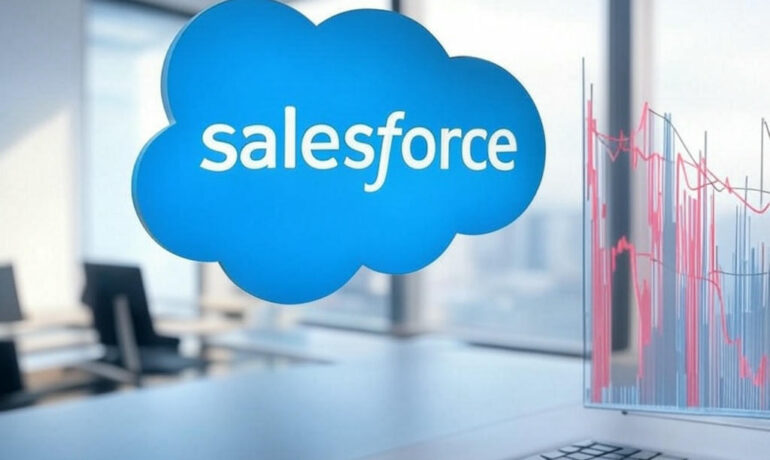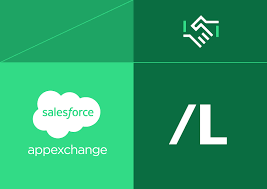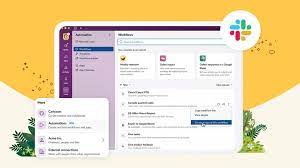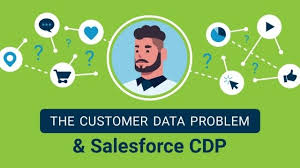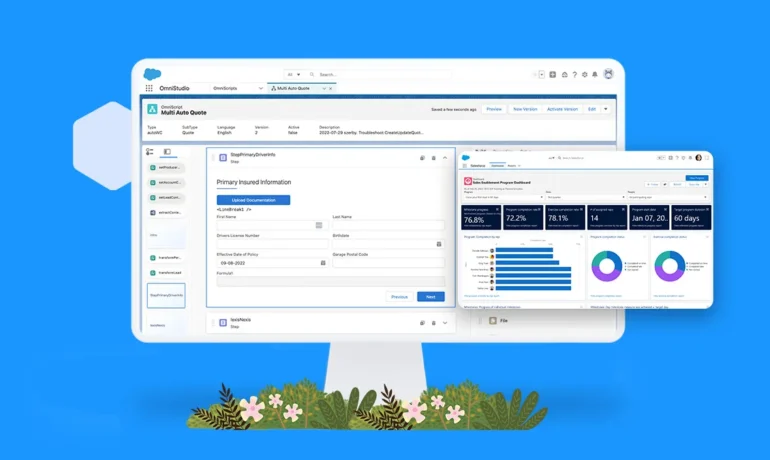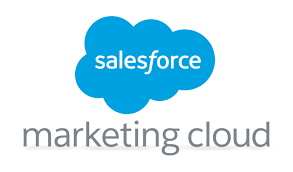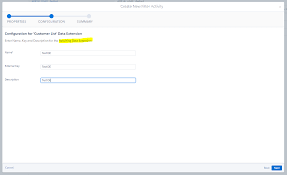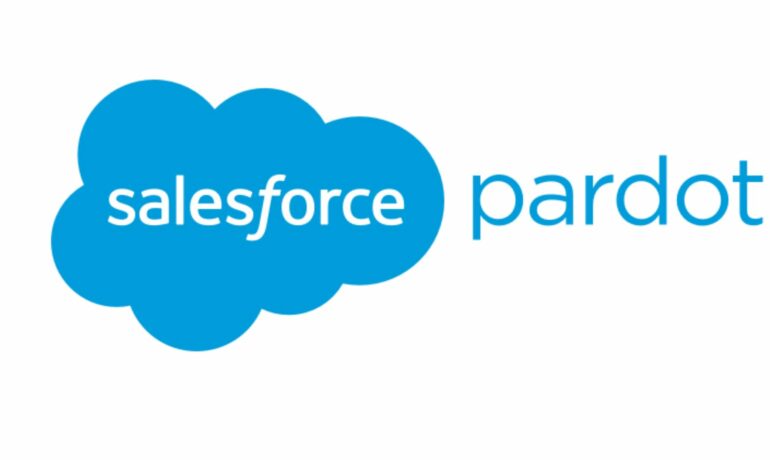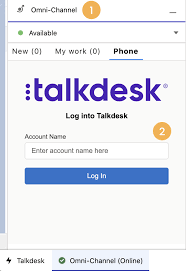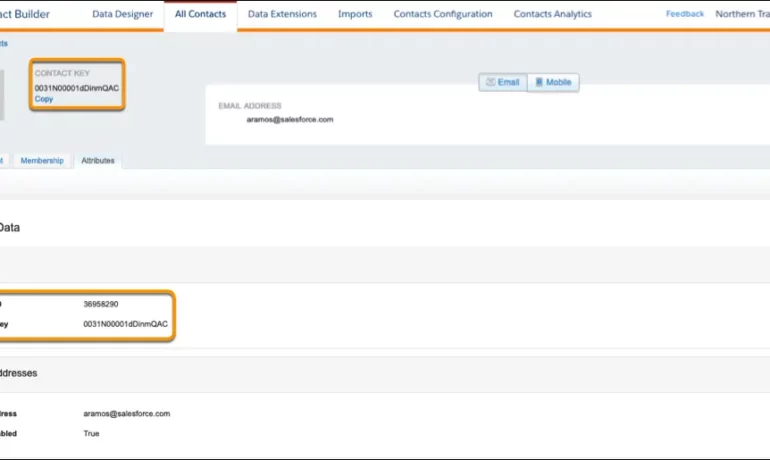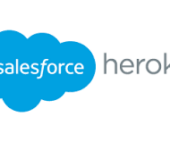Salesforce Distributed Marketing
Salesforce Distributed Marketing bridges the gap between corporate marketing, employees, channel partners, and your brand, ensuring consistent experiences across various networks. Corporate marketers can create and share collaborative, on-brand content in Marketing Cloud Engagement, which distributed teams like advisers and partners can access, personalize, and send directly from CRM experiences such as Sales, Service, Financial Services, or Experience Cloud. Distributed Marketing is facilitated through a managed package installed in your CRM environment, allowing you to integrate Distributed Marketing content blocks into your Marketing Cloud Engagement environment effortlessly. Leveraging the power of Marketing Cloud Engagement, all communications are streamlined, enabling teams to engage with their customer base reliably and efficiently. As a marketer utilizing Distributed Marketing, you can: For advisors, partners, or dealers utilizing Distributed Marketing, the benefits include: Before installing Distributed Marketing for Marketing Cloud Engagement, it’s essential to review the required products, licenses, and permissions. Guided setups are available to quickly activate new workflows for your teams, covering installation, configuration, and content management. Distributed Marketing setup involves utilizing Marketing Cloud Engagement journeys and Salesforce campaigns within Sales, Service, Financial Services, and Experience Clouds. After installation and authentication configuration, setting up Distributed Marketing includes creating entry event data extensions, profile attributes, content, sender profiles, and journeys, along with customizing the Campaign page layout. By managing settings, administrators can enhance CRM with Marketing Cloud Engagement content, enabling the delivery of relevant, on-brand content at every touchpoint. Additionally, Distributed Marketing allows the extension of powerful content to distributed teams, ensuring safe and efficient interaction. Enhancing Distributed Marketing functionality is essential to align with your company’s needs. Custom personalization interactions can be created to extend the message personalization flow, while the payload can be extended to include more data for journey decisions and content personalization. Overall, Distributed Marketing provides tools, workflows, and experiences to better serve and engage your entire customer base, ensuring consistent brand experiences across various touchpoints and networks. Like1 Related Posts Salesforce OEM AppExchange Expanding its reach beyond CRM, Salesforce.com has launched a new service called AppExchange OEM Edition, aimed at non-CRM service providers. Read more The Salesforce Story In Marc Benioff’s own words How did salesforce.com grow from a start up in a rented apartment into the world’s Read more Salesforce Jigsaw Salesforce.com, a prominent figure in cloud computing, has finalized a deal to acquire Jigsaw, a wiki-style business contact database, for Read more Service Cloud with AI-Driven Intelligence Salesforce Enhances Service Cloud with AI-Driven Intelligence Engine Data science and analytics are rapidly becoming standard features in enterprise applications, Read more

